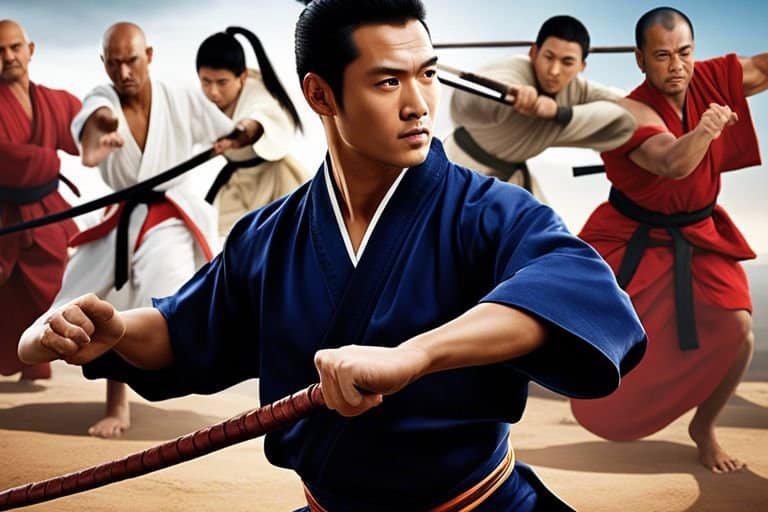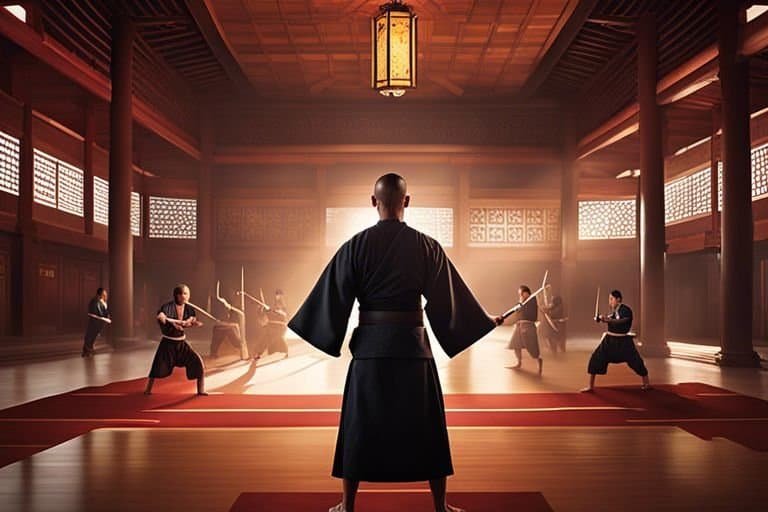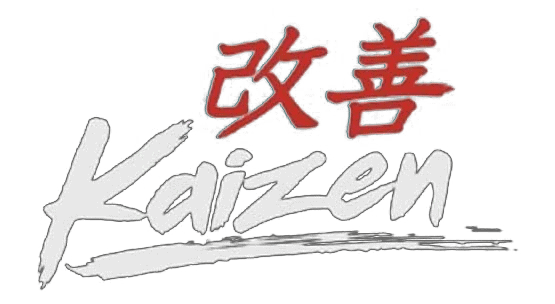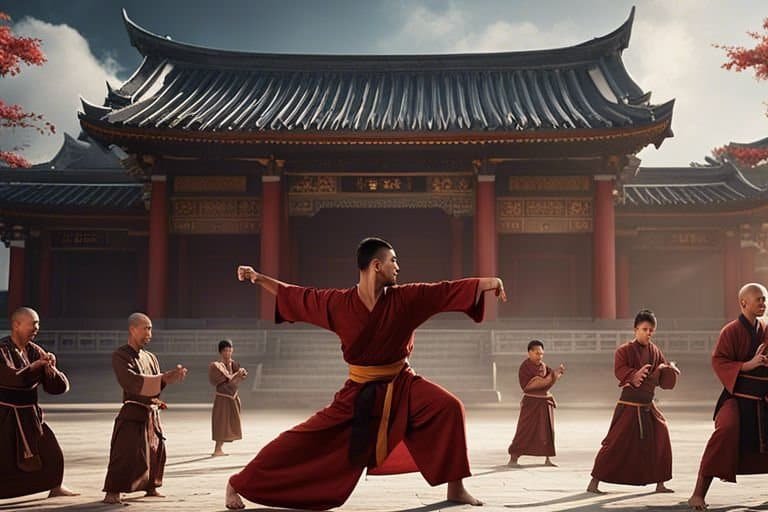Greetings, enthusiasts of combat and physical discipline. Today, we delve into the mysterious and fascinating world of martial arts to uncover its ancient and dark historical origins. Dating back to ancient civilisations in the East, martial arts was developed as a means of self-defence, warfare, and physical fitness. From the brutal hand-to-hand combat techniques of the gladiators in ancient Rome to the refined and deadly arts of ancient China and Japan, the historical roots of martial arts are as diverse as they are dangerous. Join us as we journey through time and explore the intriguing and influential historical origins of martial arts.
Key Takeaways:
- Historical Origins: Martial arts have their origins in ancient civilisations such as China, India, and Japan, where they were originally developed for self-defence and warfare.
- Transmission through the Ages: Over time, martial arts evolved and spread to different countries and cultures through trade, migration, and conquest, leading to the diverse range of styles and disciplines we see today.
- Philosophical and Spiritual Influence: Many martial arts are deeply rooted in philosophical and spiritual principles, such as Zen Buddhism in Japanese martial arts and Taoism in Chinese martial arts, shaping their cultural significance beyond combat.
Early Beginnings of Martial Arts
Martial arts have a rich history that dates back thousands of years. The origins of martial arts can be traced to ancient societies that developed and refined combat techniques for self-defence and warfare. To understand the historical origins of martial arts, we must explore the evolution of combat systems and their significance in shaping human history. For an in-depth look at the history of martial arts, visit History of Martial Arts.
Martial Arts in Prehistoric Societies
In prehistoric societies, early humans relied on instinctive fighting techniques to protect themselves from predators and rival tribes. Over time, these instinctive movements and tactics evolved into structured forms of combat, laying the foundation for the development of martial arts. The need for survival and dominance led to the refinement of combat skills, eventually giving rise to various martial art disciplines.
The Influence of Ancient Civilizations
Ancient civilisations such as the Egyptians, Greeks, and Romans played a crucial role in the development and dissemination of martial arts. These advanced societies not only used combat techniques for warfare but also incorporated martial arts into physical training, sport, and philosophical teachings. The influence of ancient civilisations in shaping martial arts principles and techniques has had a lasting impact on combat systems throughout history.
The integration of martial arts into ancient civilisations’ cultural practices reflects the positive influence of combat disciplines on physical fitness, discipline, and mental fortitude. This integration also contributed to the preservation and transmission of martial arts through generations, laying the groundwork for modern practices.

Evolution Across Continents
Martial arts have a rich and diverse history that has evolved across continents over thousands of years. The development of martial arts was influenced by different cultures, environments, and historical contexts, leading to a wide variety of fighting styles and techniques.
Martial Arts in Asia
Asia is widely regarded as the birthplace of martial arts, with ancient civilisations in China, India, Japan, and Korea contributing to its early development. Chinese martial arts, or Kung Fu, date back to ancient times and are rooted in a combination of self-defense, military training, and philosophical principles. In India, martial arts such as Kalaripayattu have origins in traditional warfare and spiritual practices, focusing on strikes, kicks, grappling, and weaponry. Japanese martial arts, including Judo, Karate, and Kendo, emphasise discipline, respect, and physical and mental training. Meanwhile, Korean martial arts like Taekwondo are characterised by powerful kicks, punches, and blocks.
Martial Arts in Europe and the Middle East
In contrast to Asia, the history of martial arts in Europe and the Middle East is often overlooked. However, these regions have their own distinctive martial traditions that have evolved over centuries. The Middle East is known for its ancient martial arts heritage, with techniques such as Pahlavani, a traditional Persian form of wrestling, and Silat, a Malay-Indonesian martial art, showcasing their combat prowess. In Europe, historical combat systems like Fencing, Boxing, and Wrestling have played significant roles in warfare, duelling, and sport, contributing to the development of modern martial arts.
Despite being less celebrated in popular culture, the martial arts traditions of Europe and the Middle East have made lasting contributions to the global tapestry of combat disciplines, demonstrating a diverse range of techniques, strategies, and philosophies.
Martial Arts and Global Spread
Martial arts have not only played a significant role in the cultures where they originated, but they have also spread globally, influencing and being influenced by different societies. This global spread of martial arts has been facilitated by various factors such as trade, cultural exchange, migration, and the modern media.
The Role of Trade and Cultural Exchange
Trade and cultural exchange have historically been integral to the global spread of martial arts. As people from different regions interacted through trade routes, they also exchanged their knowledge and practices of martial arts. For example, the Silk Road facilitated the sharing of martial arts techniques between the East and the West, leading to the development of new hybrid martial arts styles. Similarly, the maritime trade routes in the Indian Ocean allowed for the exchange of martial arts practices between South Asia, Southeast Asia, and East Asia, contributing to the diversity and evolution of martial arts.
Martial Arts in the Modern World
In the modern world, martial arts have continued to expand their global influence through various channels such as international sporting events, movies, and the internet. The portrayal of martial arts in popular culture, particularly in films and television, has captured the imagination of audiences worldwide, spurring interest and participation in martial arts practices. Additionally, the establishment of international martial arts competitions and organisations has further promoted the global presence and appreciation of martial arts.
Furthermore, the emphasis on discipline, self-defence, and physical fitness in martial arts has contributed to their positive impact on individuals and communities around the world. Many practitioners attest to the transformative effects of martial arts training, not only in terms of self-improvement and personal development, but also in fostering mutual respect and peaceful coexistence among diverse cultures and societies.

Influence on Culture and Society
Martial arts have had a profound influence on various aspects of culture and society throughout history. From their origins in ancient civilisations to their continued practice in modern times, martial arts have played a significant role in shaping the values, traditions, and customs of different societies. The impact of martial arts can be seen in art, literature, entertainment, and even everyday life. To learn more about the historical origins and significance of martial arts, you can visit Martial Arts: History, Definition, Categories, and How to …
Martial Arts in Films and Media
The portrayal of martial arts in films and media has contributed to their widespread popularity and influence. From classic martial arts epics to modern action blockbusters, films have showcased the beauty, power, and discipline of various martial arts disciplines. This exposure has not only raised awareness about different martial arts forms but has also inspired countless individuals to pursue training and practice. However, it is important to be aware that not all depictions of martial arts in media are accurate or respectful, and some may perpetuate harmful stereotypes.
The Philosophical Impact of Martial Arts
Martial arts are not just physical disciplines; they also encompass deep philosophical and spiritual principles. The practice of martial arts emphasises values such as discipline, respect, humility, and self-improvement. Through rigorous training and mental conditioning, practitioners develop a strong sense of focus, determination, and self-awareness. This holistic approach to martial arts has a profound impact on the mindset and character of individuals, guiding them towards personal growth and positive transformation.
Furthermore, the philosophical aspects of martial arts extend beyond the individual level, influencing notions of honour, justice, and morality in broader society. The principles of martial arts promote peaceful conflict resolution, ethical conduct, and a harmonious coexistence with others. It is important to recognise that while martial arts philosophy can be empowering, it should be approached with caution and respect for its deeper meaning rather than superficial ideals of aggression or dominance.
FAQ
Q: What are the historical origins of martial arts?
A: The historical origins of martial arts can be traced back to ancient civilisations such as China, India, and Japan. These early forms of combat were developed for self-defence, hunting, and warfare.
Q: How far back do the historical origins of martial arts date?
A: The historical origins of martial arts date back thousands of years, with evidence of ancient martial arts practices found in archaeological artefacts and written records.
Q: What are some key historical figures in the development of martial arts?
A: Key historical figures in the development of martial arts include Bodhidharma, an Indian monk who is credited with introducing martial arts to the Shaolin Temple in China, and Miyamoto Musashi, a legendary Japanese swordsman and martial artist.
Q: How have the historical origins of martial arts influenced modern practices?
A: The historical origins of martial arts have greatly influenced modern practices, with many traditional techniques and philosophies still being preserved and taught today. Additionally, the historical evolution of martial arts has led to the creation of various styles and disciplines.
Q: What role did martial arts play in ancient societies?
A: Martial arts played a significant role in ancient societies, serving not only as a means of combat and self-defence, but also as a form of physical, mental, and spiritual training. It was often deeply intertwined with cultural and religious practices, and in some cases, martial arts were used to promote values such as discipline and honour.



